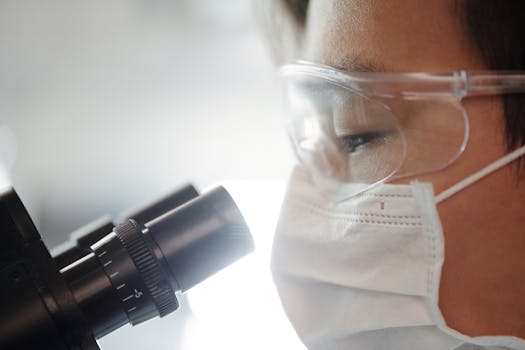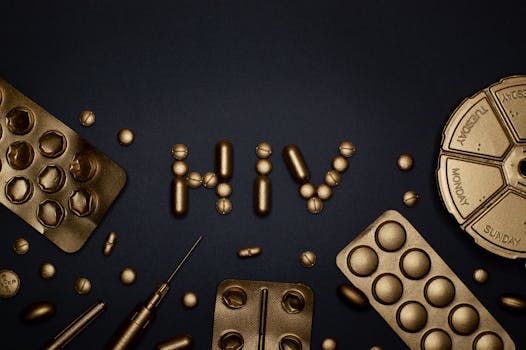
The Science Behind Vaccines and Public Health
Introduction to Vaccines and Public Health

The Science Behind Vaccines and Public Health has been a topic of interest for many years. Vaccines have been a cornerstone of public health for centuries, saving millions of lives and preventing the spread of diseases. But how do they work, and what is the science behind them? In this article, we will delve into the world of vaccines and explore the science behind them, as well as their impact on public health.
Vaccines work by introducing a small, harmless piece of a disease-causing agent, such as a virus or bacteria, to the body. This triggers the immune system to produce antibodies, which are proteins that recognize and fight the disease-causing agent. By introducing the vaccine to the body, the immune system is able to learn how to recognize and fight the disease, preventing it from causing harm.
How Vaccines are Made

The process of making a vaccine involves several steps. First, the disease-causing agent is identified and isolated. Then, the agent is weakened or killed, and a small piece of it is used to create the vaccine. The vaccine is then tested for safety and effectiveness, and if it is found to be safe and effective, it is approved for use in the general public.
There are several types of vaccines, including inactivated vaccines, live attenuated vaccines, and conjugate vaccines. Inactivated vaccines contain a killed or weakened form of the disease-causing agent, while live attenuated vaccines contain a weakened form of the agent that is still alive. Conjugate vaccines combine a weakened form of the disease-causing agent with a carrier protein to enhance the immune response.
The Impact of Vaccines on Public Health

Vaccines have had a profound impact on public health, saving millions of lives and preventing the spread of diseases. According to the World Health Organization (WHO), vaccines have prevented the spread of diseases such as smallpox, polio, and measles, and have saved millions of lives. In addition, vaccines have also prevented the spread of diseases such as flu, hepatitis, and HPV.
However, despite the many benefits of vaccines, there are still many challenges facing public health. One of the biggest challenges is vaccine hesitancy, which is the reluctance or refusal to vaccinate due to concerns about safety or effectiveness. This can lead to outbreaks of diseases, and can put vulnerable populations, such as the elderly and young children, at risk.
Conclusion

In conclusion, The Science Behind Vaccines and Public Health is a complex and multifaceted topic. Vaccines have been a cornerstone of public health for centuries, saving millions of lives and preventing the spread of diseases. By understanding how vaccines work, and the science behind them, we can appreciate the importance of vaccines in maintaining public health. It is essential that we continue to support vaccination efforts, and work to address the challenges facing public health, in order to protect vulnerable populations and prevent the spread of diseases.





